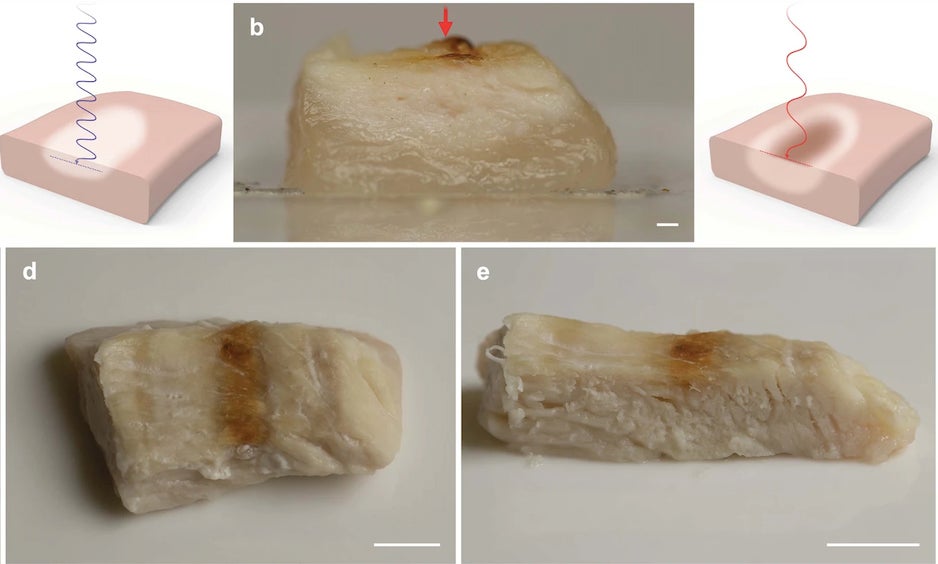The XENON1T experiment, designed to detect dark matter, has recorded an unexpected excess of activity. Could this anomaly point towards dark energy, the enigmatic force driving the universe’s accelerating expansion? A team of physicists from the University of Cambridge is exploring this intriguing possibility.
Dark matter and dark energy represent two of the biggest mysteries in modern physics. Dark matter, comprising roughly 27% of the universe, is invisible but detectable through its gravitational effects. Dark energy, making up approximately 68%, remains largely unexplained, but its influence on the universe’s expansion is undeniable. While several theories attempt to explain dark matter (axions, WIMPs, SIMPs, and primordial black holes, for example), dark energy’s nature is far more elusive. Now, researchers analyzing XENON1T data propose that this unexpected signal could be a trace of dark energy, not dark matter. Their findings were recently published in Physical Review D.
Located deep beneath Italy’s Apennine Mountains, the XENON1T experiment utilizes vats of liquid xenon, designed to flash if a particle interacts with it. In June 2020, the XENON1T team reported observing more interactions than predicted by the Standard Model of physics. This excess could signify the presence of theorized particles like axions, or potentially indicate an issue with the experiment itself.
“These kinds of excesses can sometimes be statistical flukes, but they can also lead to groundbreaking discoveries,” explained Luca Visinelli, a researcher at Frascati National Laboratories in Italy and a co-author of the study. “We investigated a model where this signal could originate from dark energy, rather than the dark matter the experiment was initially intended to find.”
Confirming this hypothesis requires further investigation. “We need to confirm that this wasn’t just a random occurrence,” Visinelli added. “If XENON1T truly detected something, we should observe a similar, but stronger, signal in future experiments.”
Despite its significant presence in the universe, dark energy remains unidentified. Many theories suggest a fifth fundamental force, hidden until observed at cosmological scales, like the universe’s accelerating expansion.
Initially, axions emitted from the Sun seemed a plausible explanation for the excess signal. However, this theory presented inconsistencies with our understanding of stars. As one researcher explained, adopting this explanation would require reconsidering established stellar models.
One challenge in searching for dark energy arises from “chameleon particles,” theorized to change mass depending on surrounding matter density. This characteristic would increase their mass while traversing dense objects like Earth, consequently weakening their influence on surrounding masses. The research team developed a model incorporating chameleon screening to explore dark energy’s behavior at vast cosmological scales.
“Our chameleon screening model suppresses dark energy particle production in dense objects, avoiding the problems encountered with solar axions,” explained lead author Sunny Vagnozzi, a cosmologist at Cambridge’s Kavli Institute for Cosmology. “It also allows us to separate local, high-density phenomena from what happens at larger scales, where the density is extremely low.”
This model enabled the team to predict XENON1T’s behavior if dark energy were produced in a magnetically strong region of the Sun. Their calculations suggest that dark energy could indeed be detectable by XENON1T.
Since the initial discovery, the XENON1T team has rigorously investigated the signal. Its persistence is both puzzling and exciting.
“The authors propose a fascinating possibility of expanding the scope of dark matter detection experiments to directly detect dark energy,” commented Zara Bagdasarian, a physicist at UC Berkeley, not involved in the study. “The XENON1T excess case study is not definitive, and we need further data from future experiments to validate the solar chameleon hypothesis.”
XENONnT, the next-generation XENON1T experiment, is scheduled for its first experimental runs later this year. These upgrades aim to eliminate noise and help physicists pinpoint the source of the mysterious signal.
More: What Is Dark Matter and Why Hasn’t Anyone Found It Yet?











